My name is Heather Larkin, and I am a professional photographer in Athens, Georgia. I do portraits for a living, but I also need my “zen time” with macro photography when I’m not chasing toddlers. I have a total love affair with jumping spiders and dewdrops… but what happens in the winter when the bugs are all gone and it’s too cold outside for most flowers? Macro options abound and I’d argue that winter is one of the best times to pick up a macro lens because of how much variety you can get from what’s around you!
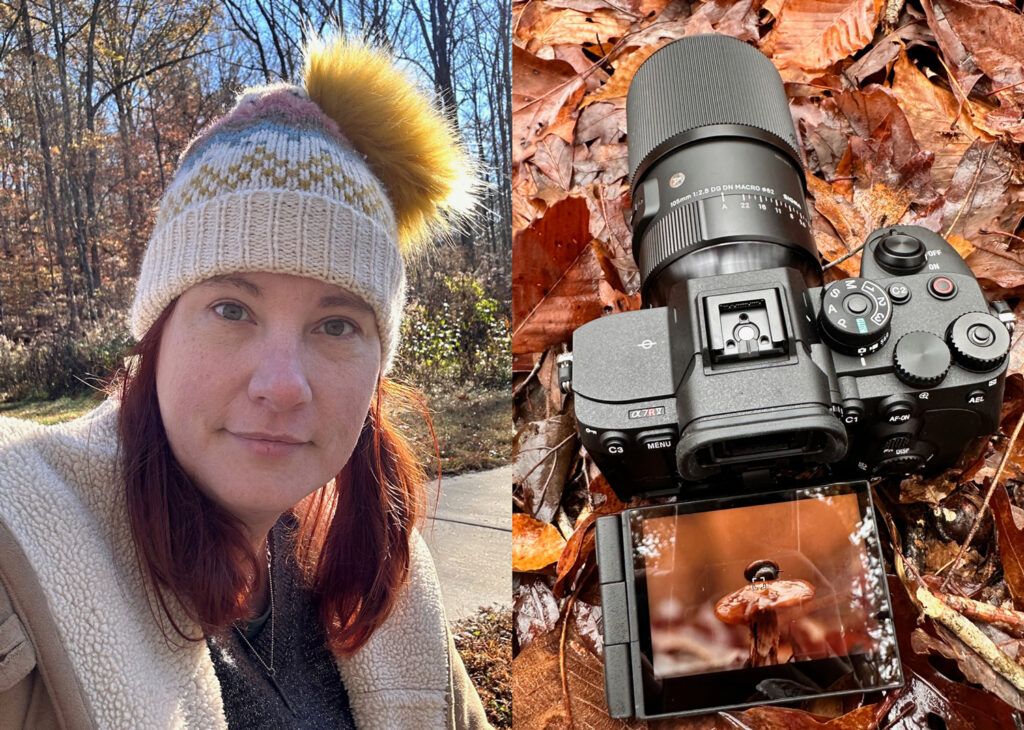
For macro beginners and enthusiasts alike, I highly recommend the SIGMA 105mm F2.8 DG DN Macro | Art lens, made for mirrorless cameras (Sony E-mount and L-Mount systems). It tends to be the most forgiving because it has the most working distance, meaning you don’t have to be right on top of whatever your subject is.
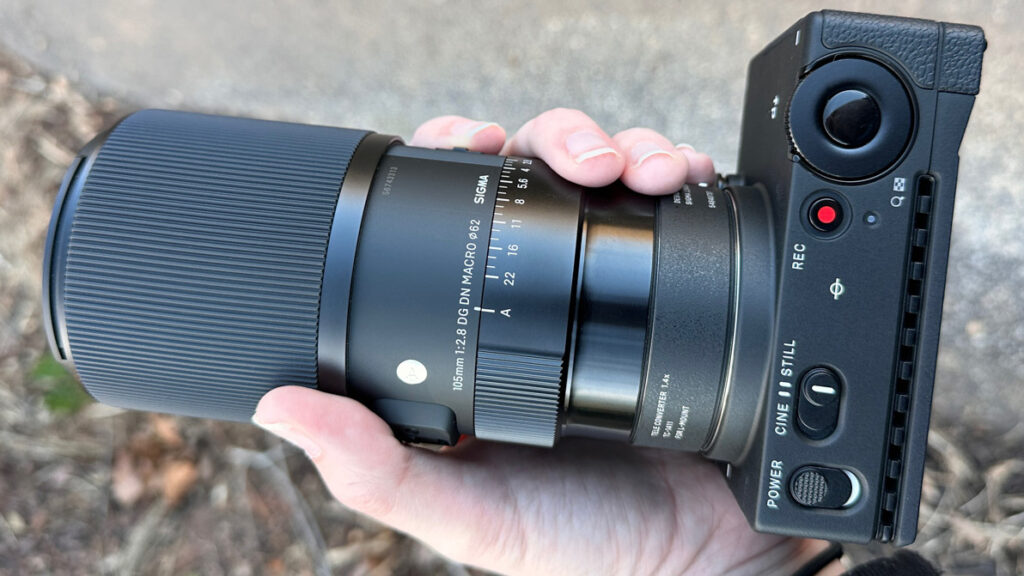
SIGMA also still makes a great 105mm F2.8 EX DG OS HSM MACRO lens for DSLR cameras, which can be converted to mirrorless bodies with mount adapters. I also own the 70mm F2.8 DG Macro | Art, which is available for various camera systems. I started out on a SIGMA 50mm macro lens that’s now discontinued, so I like the 70mm sometimes for things that aren’t scared away by my lens because it’s closer to what I fell in love with originally.
Soooooo… what CAN you macro in the winter?
Go outside anyway!
In Georgia, it gets cold-ish – down to 20 degrees Fahrenheit overnight in the deep winter – but we rarely get snow, so I call this “dead stick season”. So while I can’t photograph freezing bubbles or snowflakes, there definitely are really neat things to point a macro lens at.
Frost is obviously a great choice, especially in places where the air is humid (like Georgia) and there is plenty of moisture to freeze overnight. It usually forms very nice frost crystals on the edges of leaves and other objects, which makes for wonderful macro subjects.

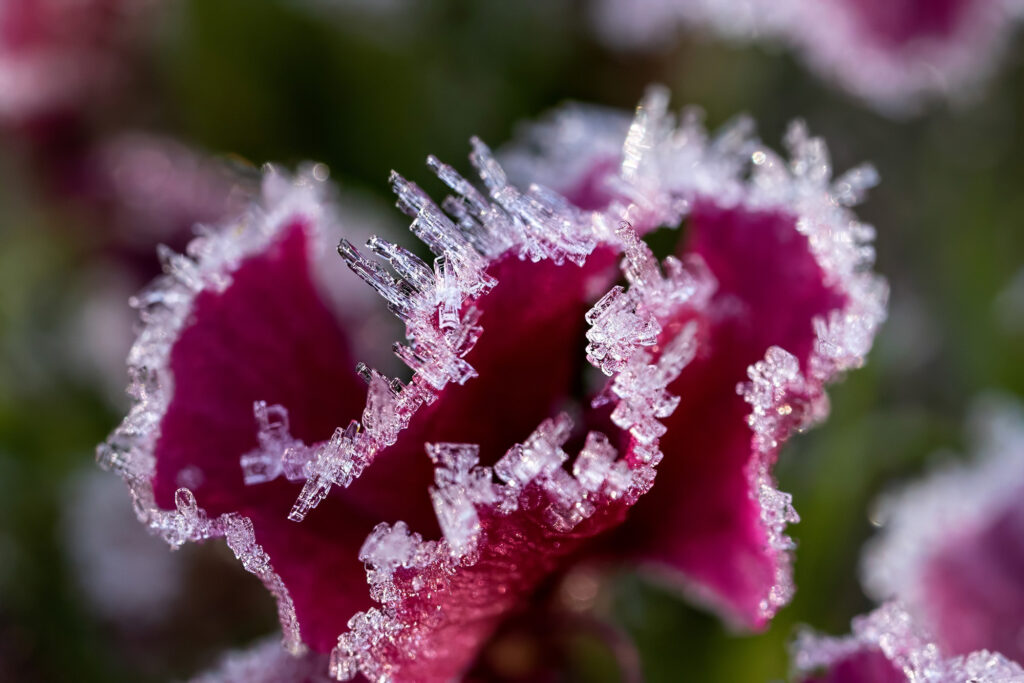
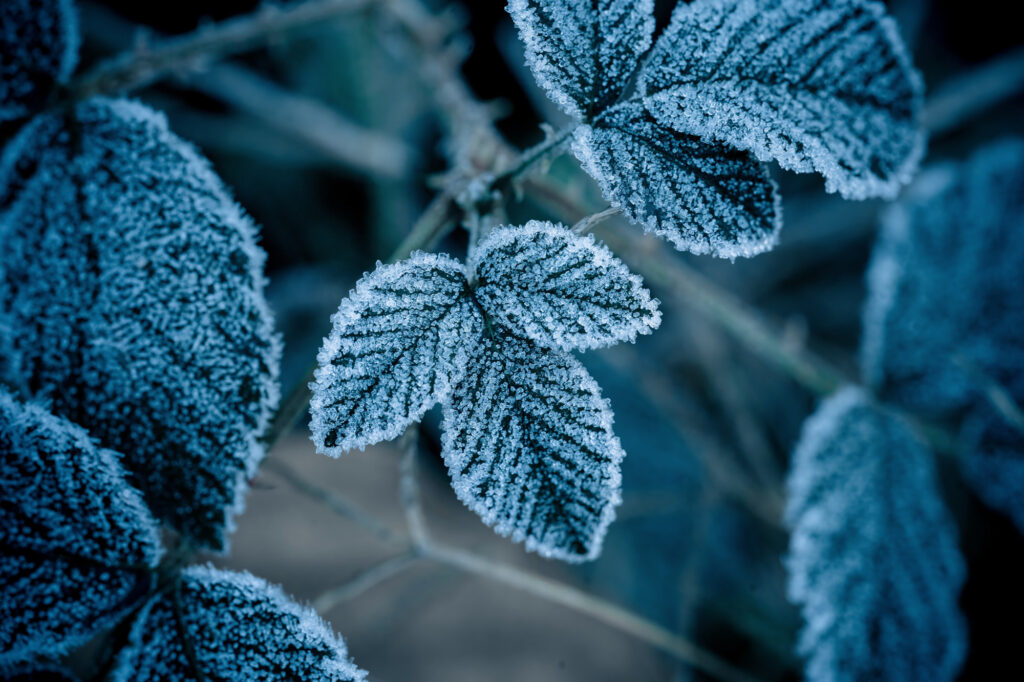
Another icy condition we get is something called “frost flowers“. They form when water is sucked up the stem of a particular plant and then freezes when it reaches the outside air. It keeps doing that for however many hours it’s frozen overnight, so in the morning you get these hairy-looking ice formations all over the ground!
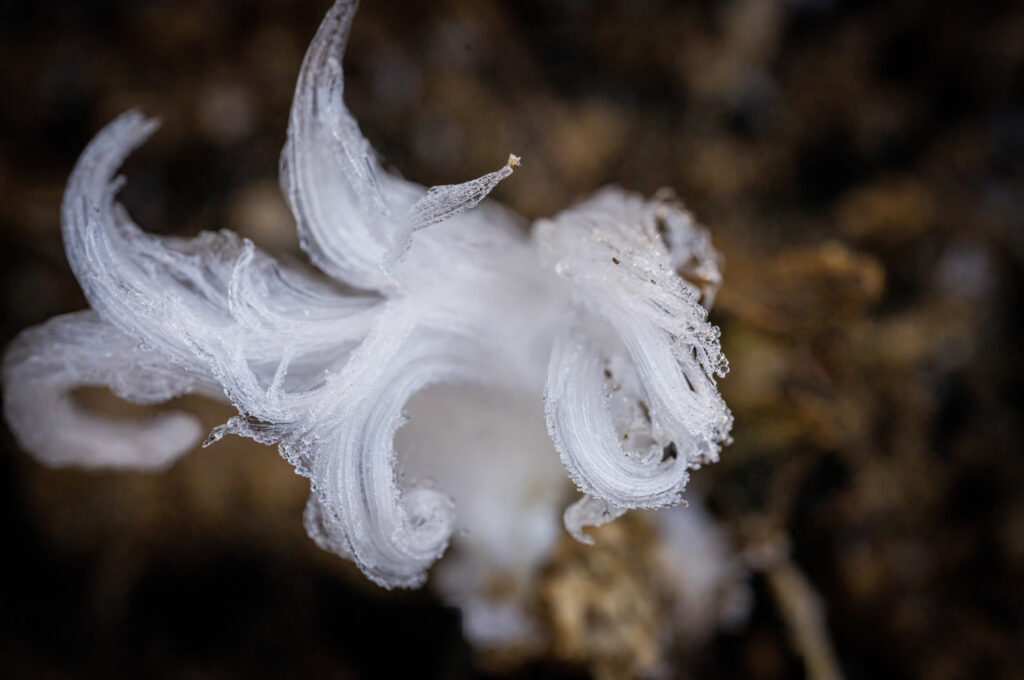

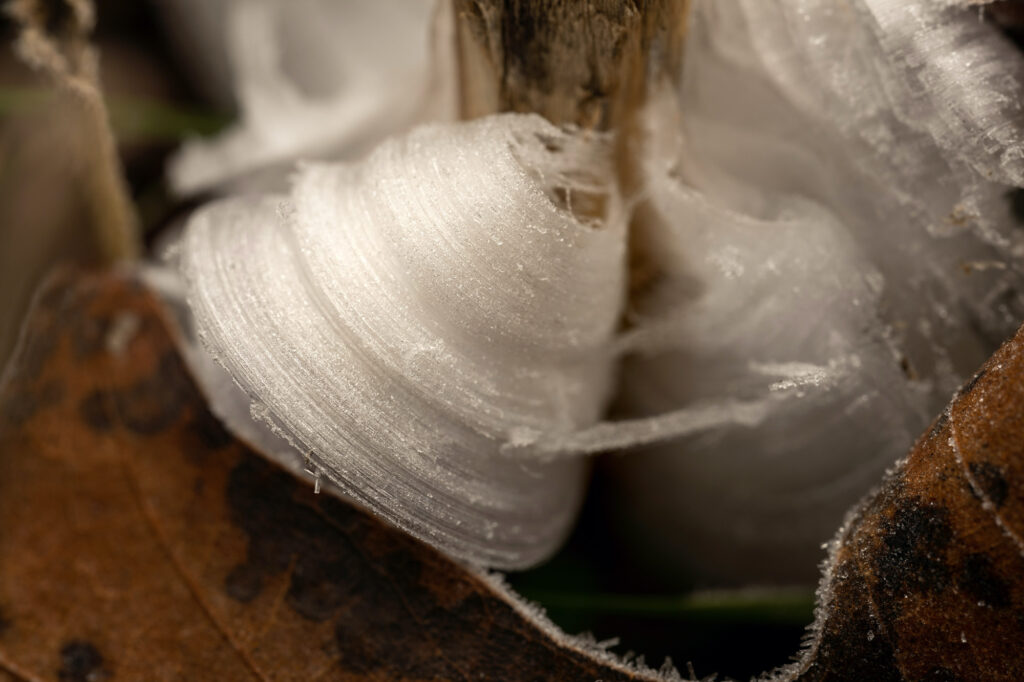
Plenty of flowers bloom in the winter or very early spring as well. Camellias, hellebores, daphnes… plus loads of winter fungi. I’ve yet to find a frosty mushroom, but it’s on my list to hunt down this coming winter. Plus there are curly leaves still hanging around on a lot of trees, perfect for the close-up treatment. The winter textures of evergreens or lichens are also lovely.

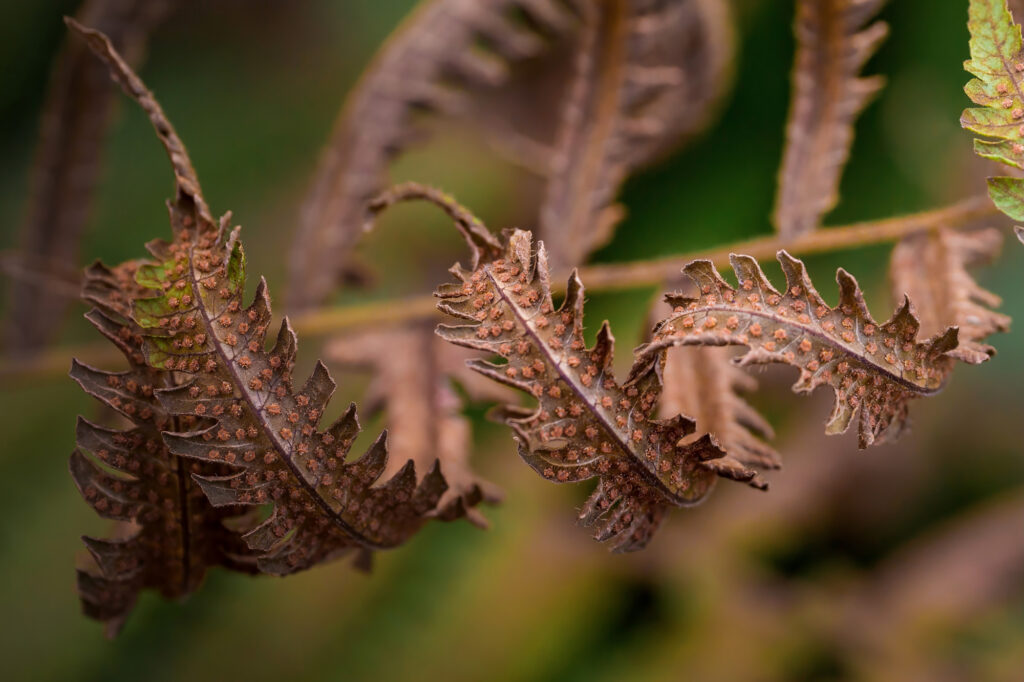
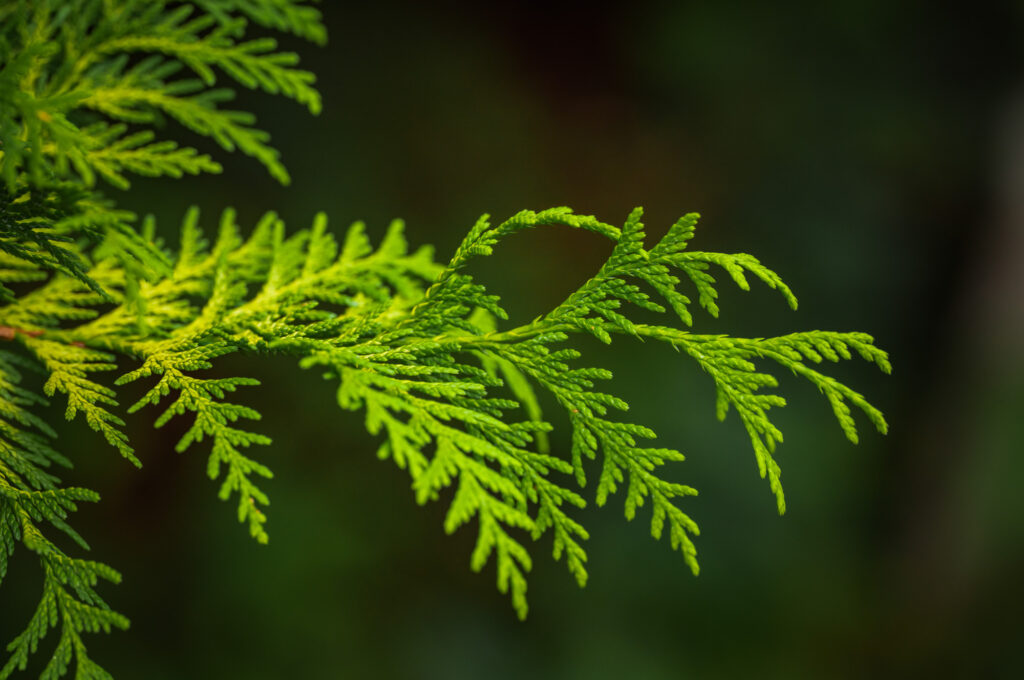
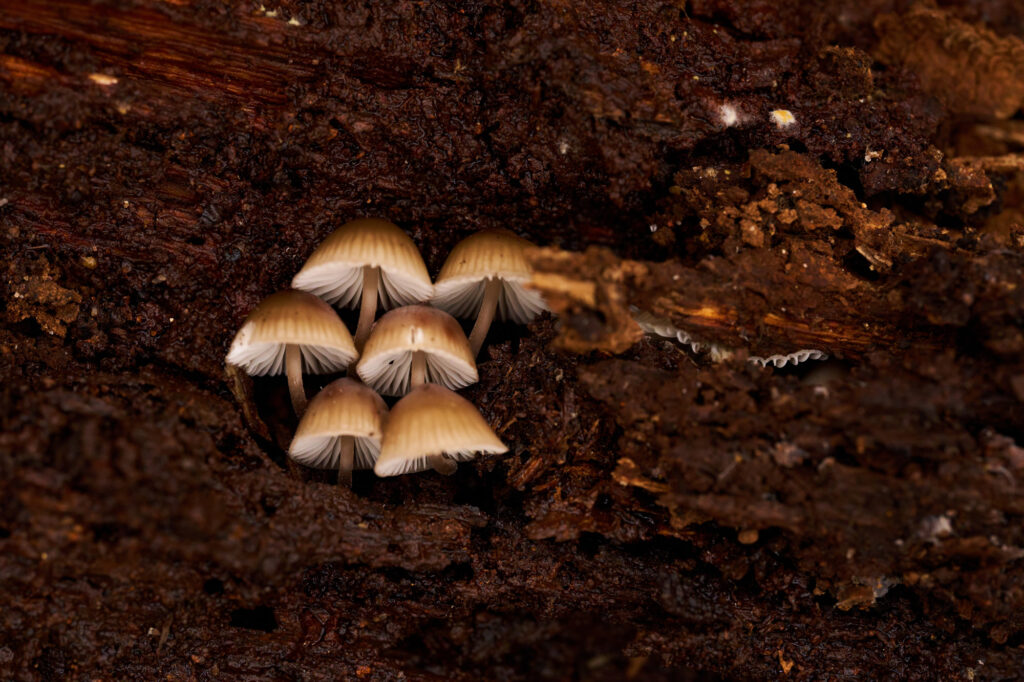
Quick bit of gear talk… the focus limiter switch on the side of the SIGMA 105mm F2.8 DG DN MACRO | Art is a big advantage. Being able to tell the lens itself how close it should focus is pretty critical when it’s below freezing outside and you are shivering trying to focus on something blowing in the wind.
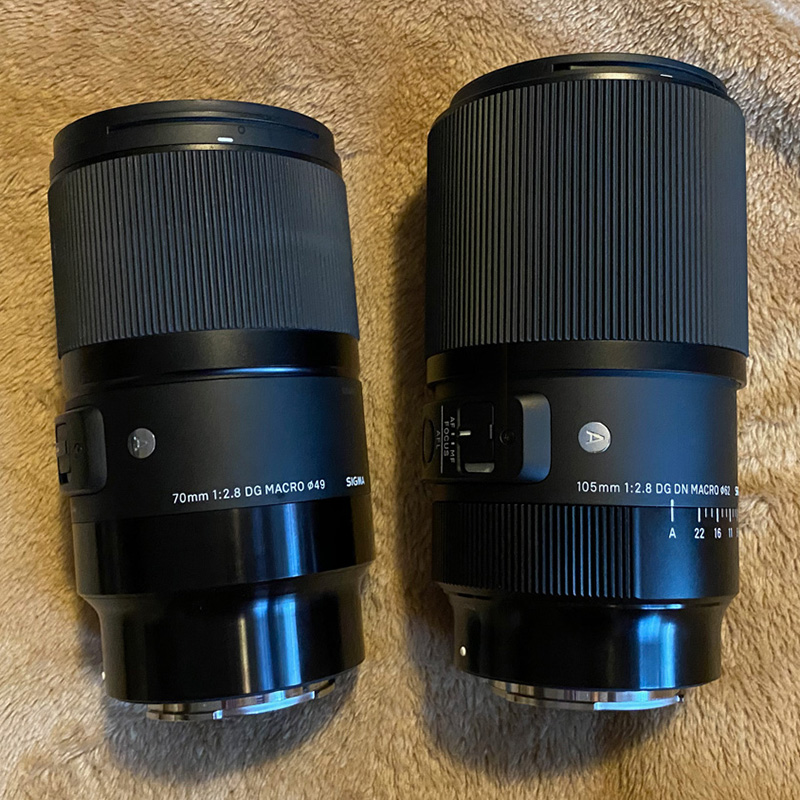
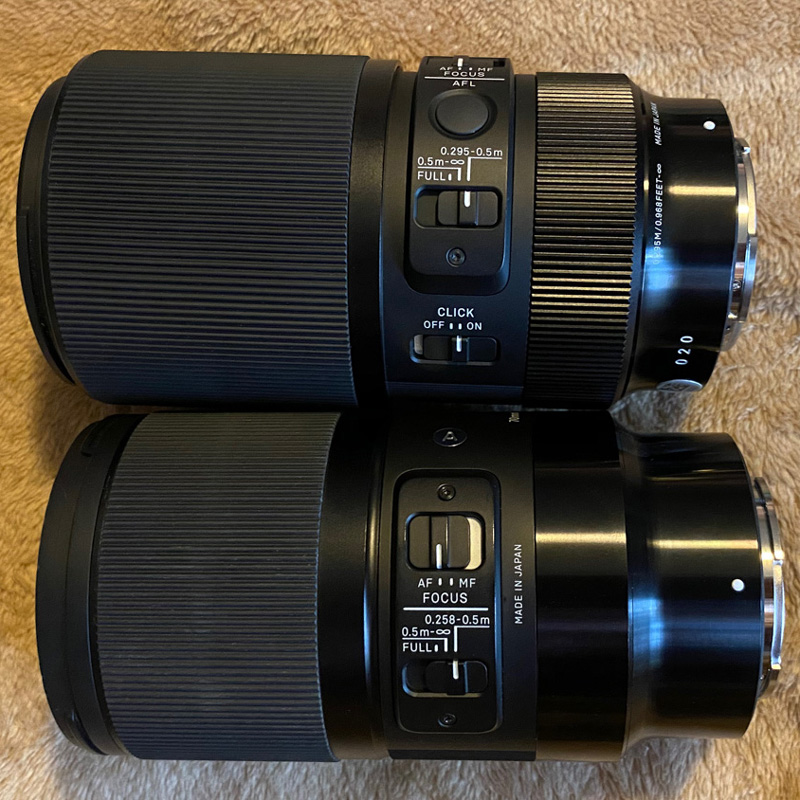
And don’t forget a lot of parks and gardens have winter light displays! See how I used my macro lens last year in this article:
Photographing Holiday Lights with SIGMA DG DN Art Lenses
Holiday traditions
What is winter time without the holidays? No matter what occasion you celebrate, we can all agree that the holidays are meant to be a time of light and laughter in the middle of deepest, darkest winter.
All the light and glitter lend itself perfectly to macro photography! For me, cooking on Thanksgiving day is perfect for food prep macro like sliced peppers and mushrooms. Christmas is lovely for lights and ornaments and cookie close-ups, and New Year’s Day is ideal for taking photos of sparklers and bubbly champagne!

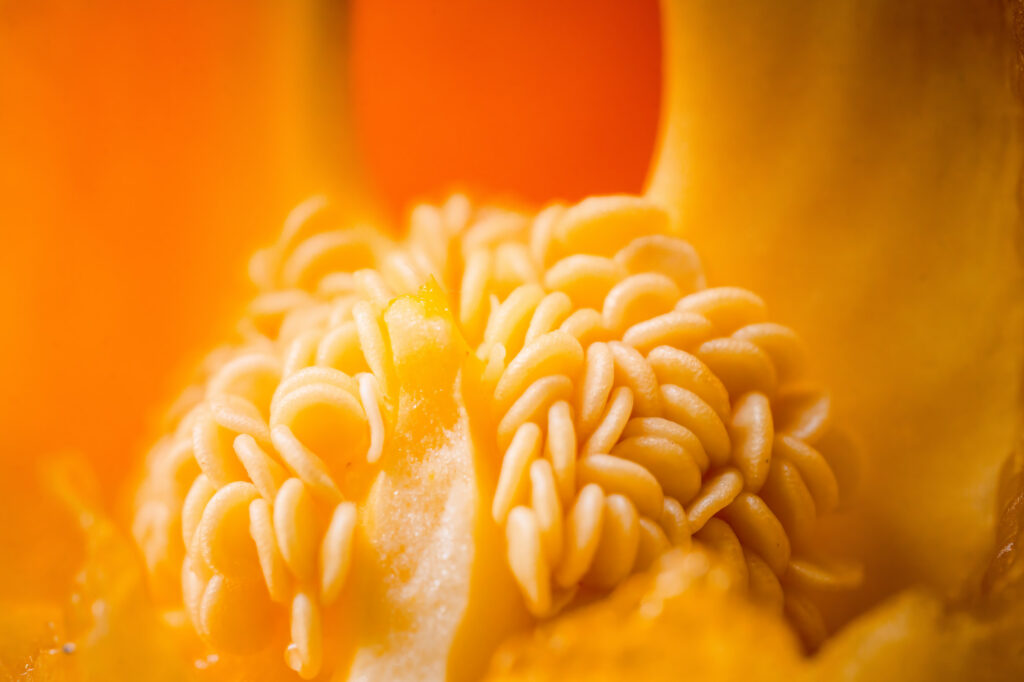
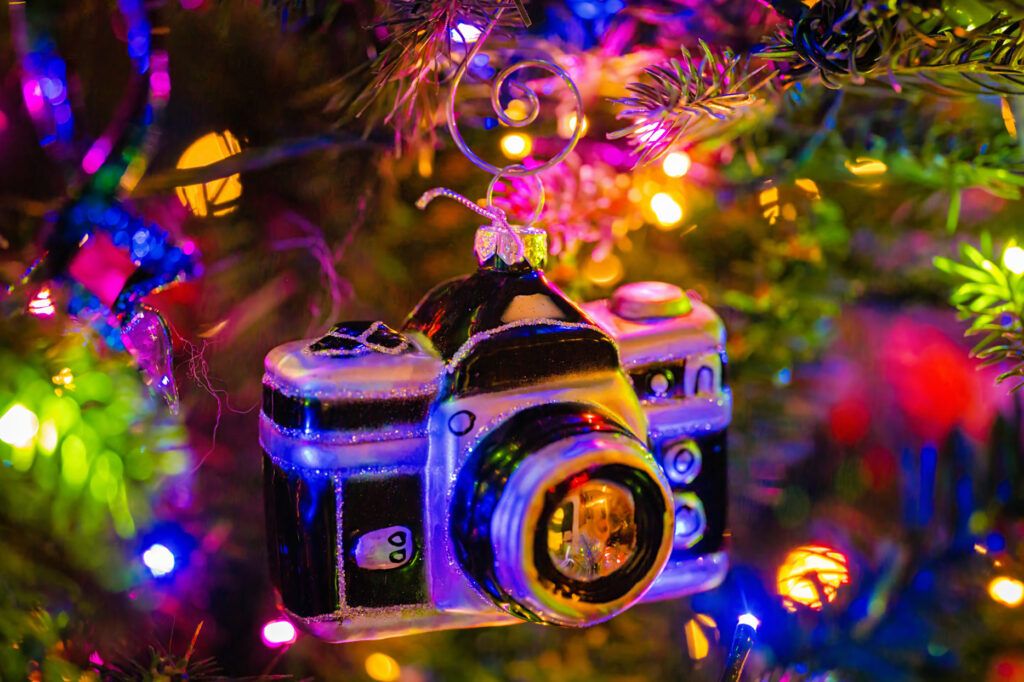
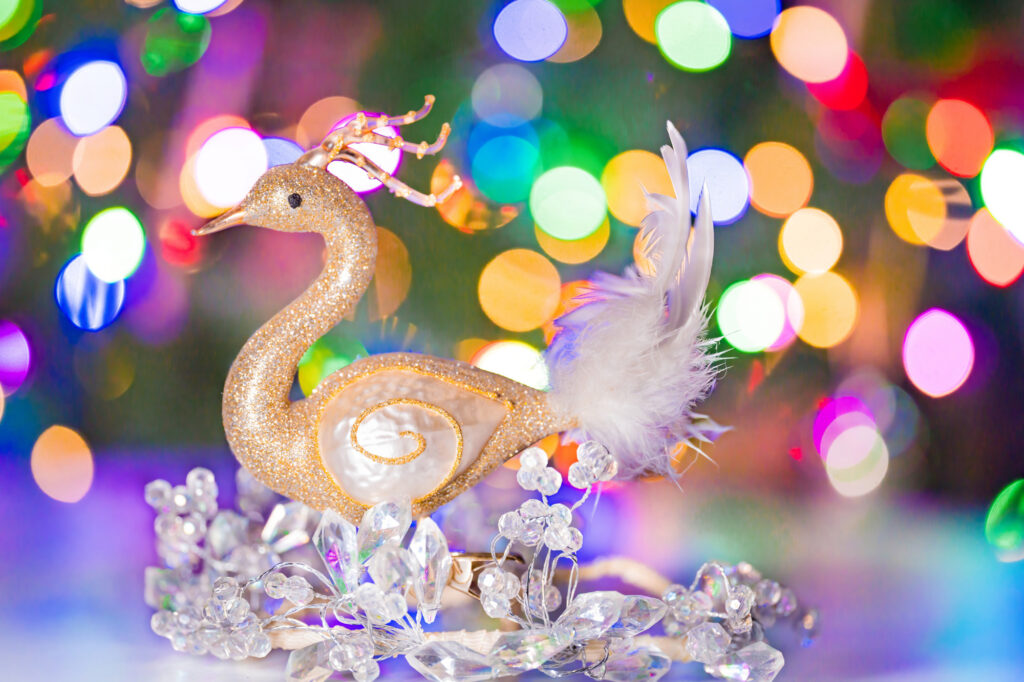
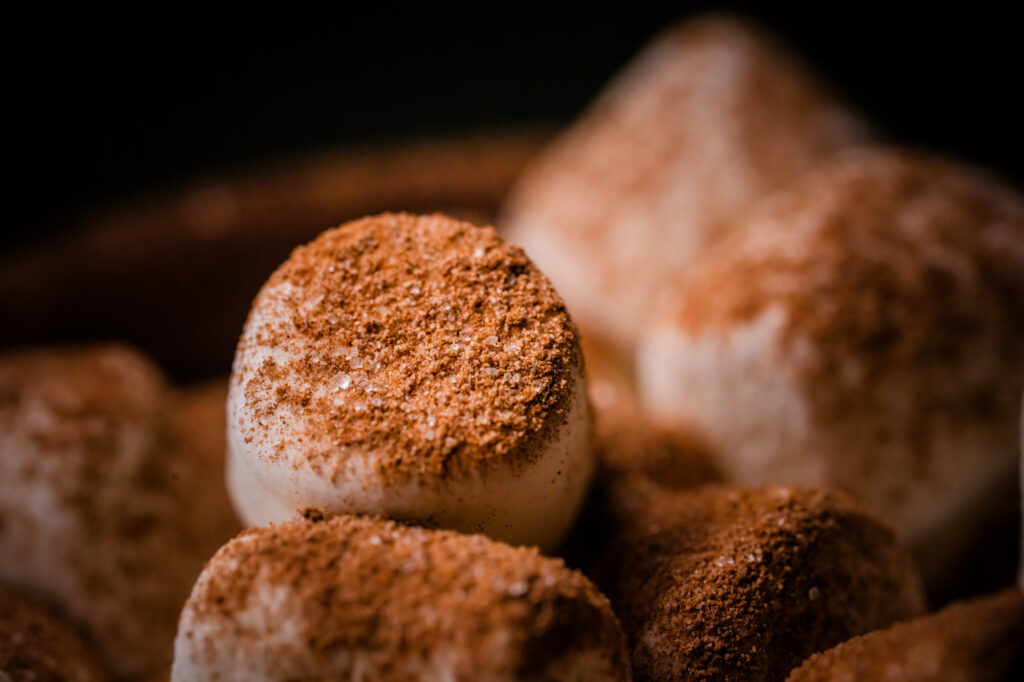
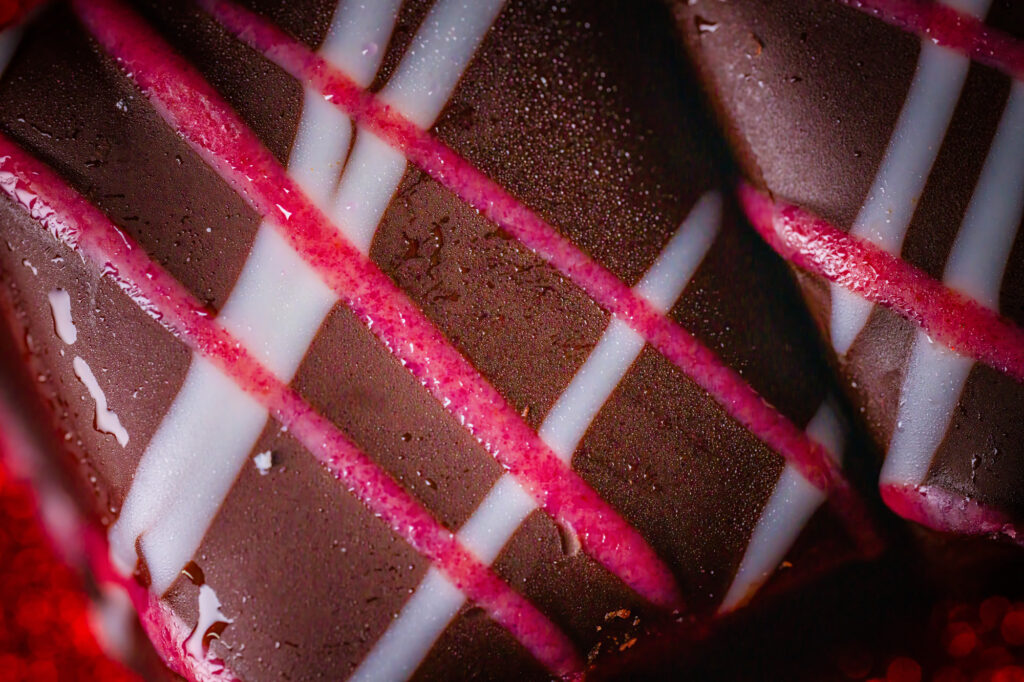

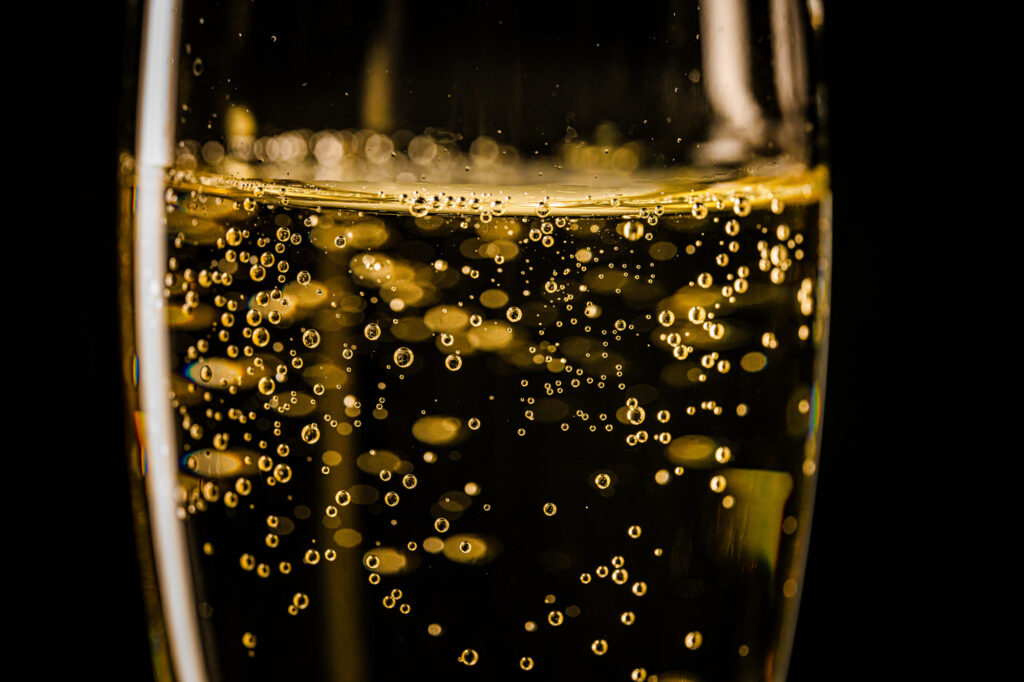

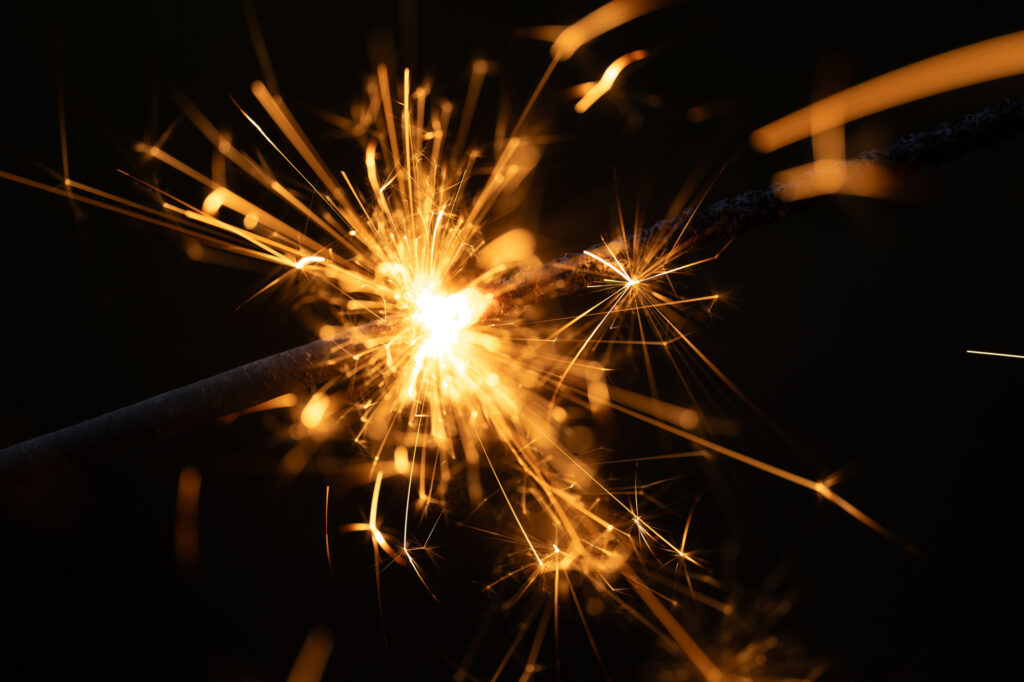
Capturing these small details reveals another reason I love macro lenses. Because you can focus so closely, they deliver a razor thin area of sharp focus, especially when shooting wide open. This definitely comes into play when photographing the bubbles in a champagne glass, for example. As always, I was definitely myself and poured some all over table and out of the glass. Thank goodness the 105mm F2.8 DG DN Macro | Art is dust and splash resistant!
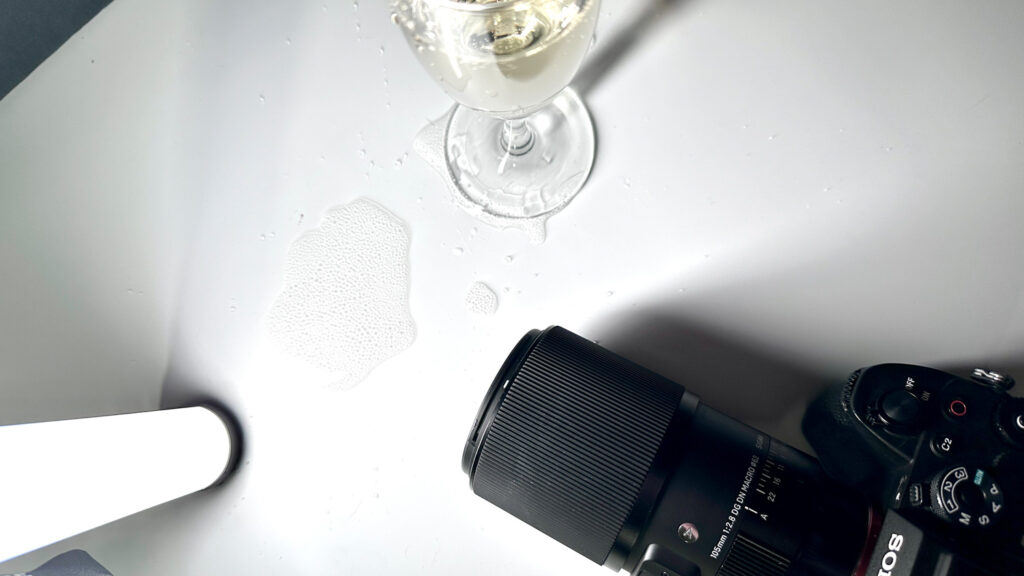
I’m also quite glad for the sparkler pictures that this lens has internal focusing and the front element does not extend closer to the subject. I was worried about burning the lens and SIGMA would scold me for that repair. Heather, you did… what?!? Luckily, I can still get close with this lens and not melt it.
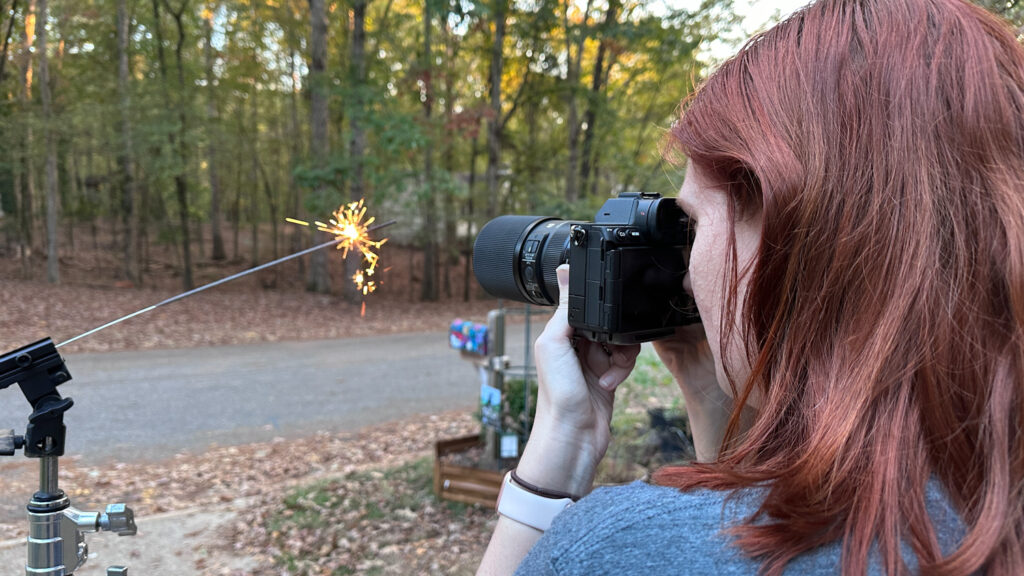
Tabletop indoor macro
Since you’re using a dedicated macro lens, why not set up a dedicated macro area and do some tabletop work with tiny subjects? Coins, jewelry, food, crystals… you can photograph anything you want without needing to put on a coat!
I especially love picking up some grocery store flowers or decorative feathers and using a needle to place water droplets exactly where I want them, or simply spray them with some water for faux dewdrops.

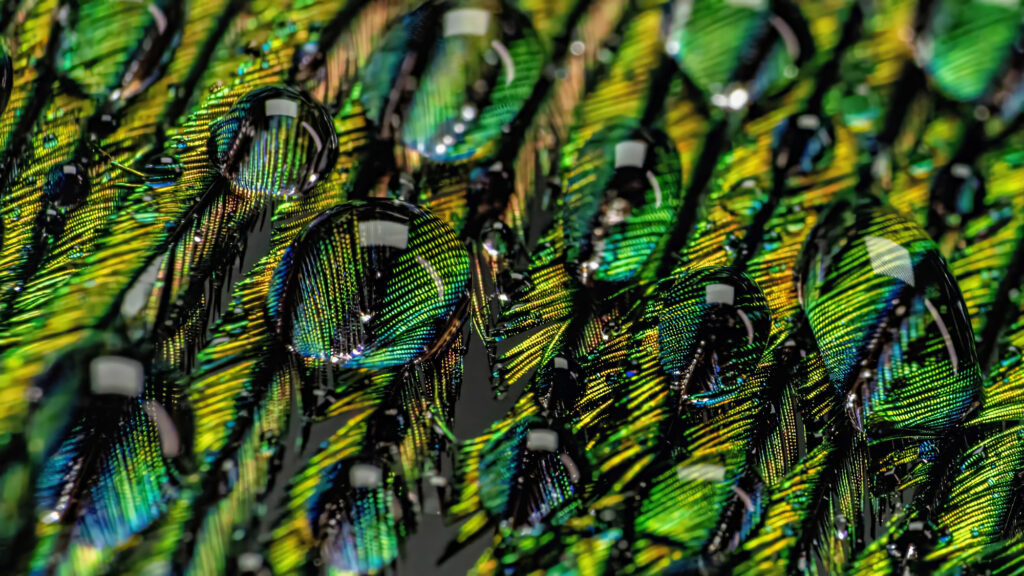
In fact, bringing all kinds of “outside things” indoors allows for dramatic lighting that wouldn’t usually be possible in their natural state. Fungi, fruit, feathers, flowers… the possibilities are virtually endless.
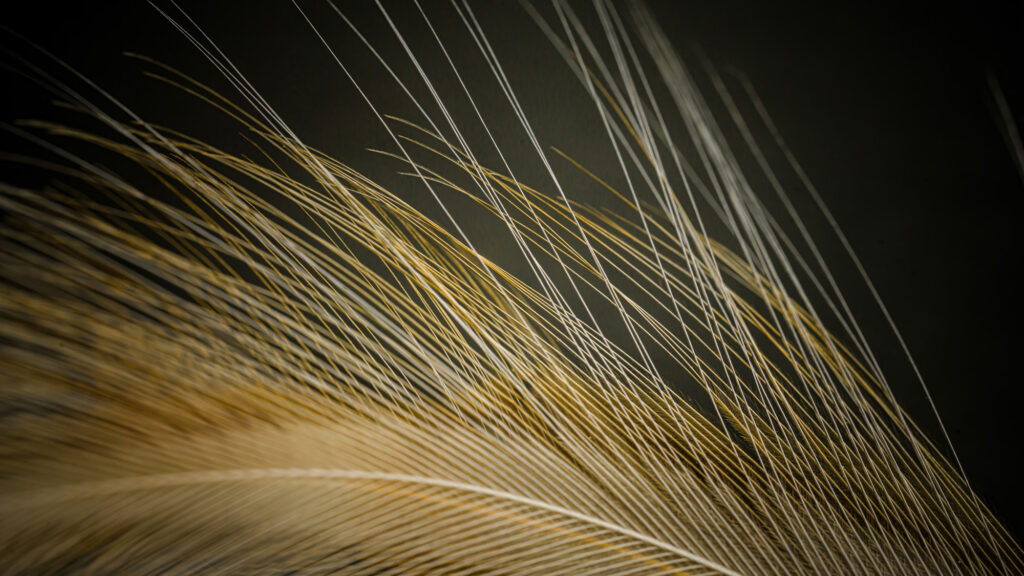
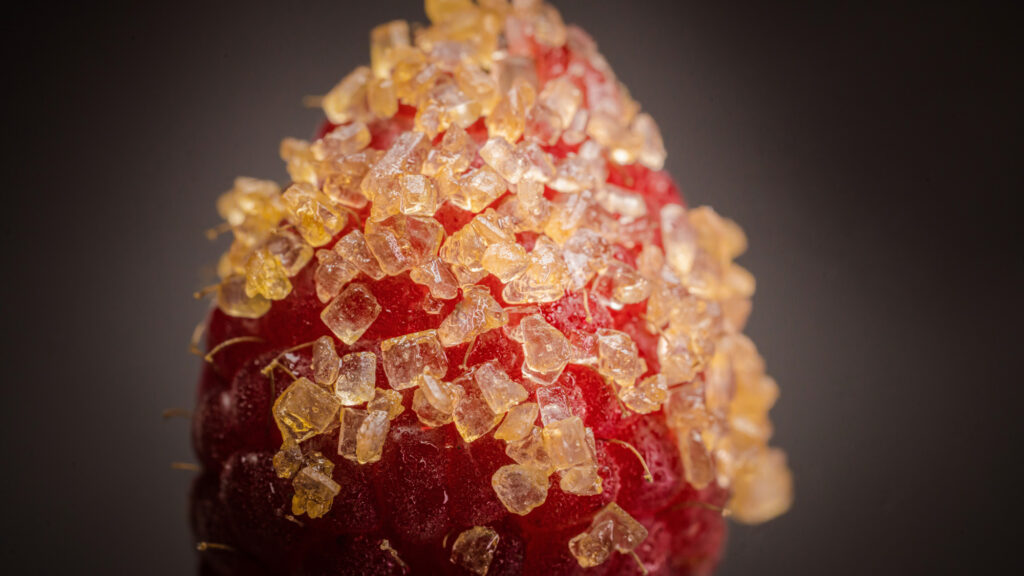
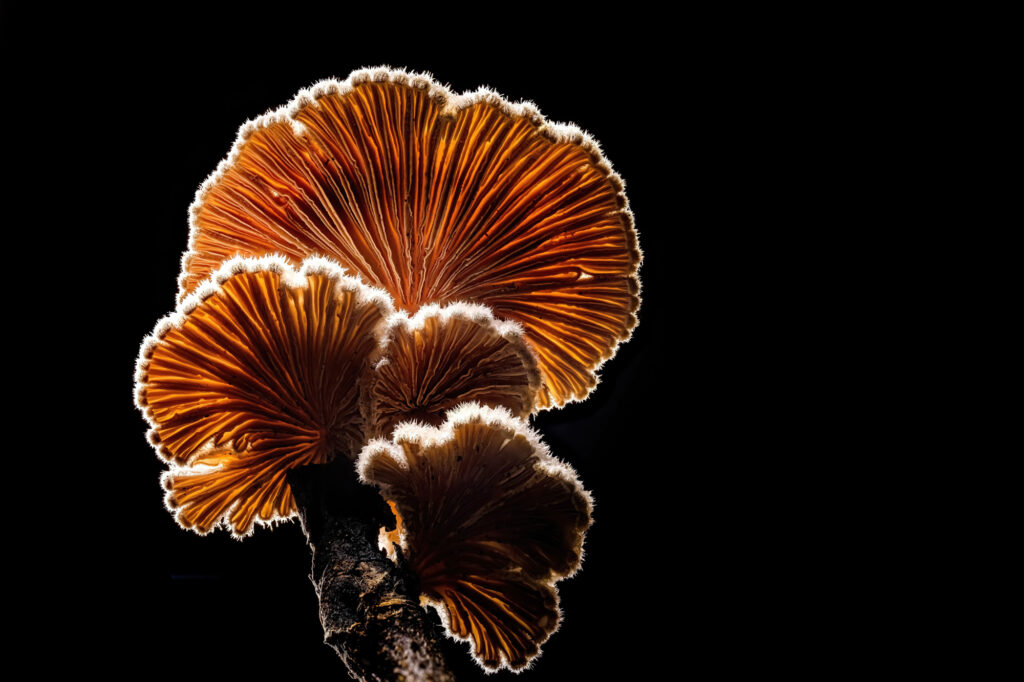
Even in controlled lighting conditions, many macro photographers use a tripod to keep their camera completely steady. But since the 105mm F2.8 DG DN MACRO | Art weighs just 1.6 pounds, it’s easy to handhold when doing tabletop photography, making it possible to get a variety and angles without needing to constantly reposition a tripod.
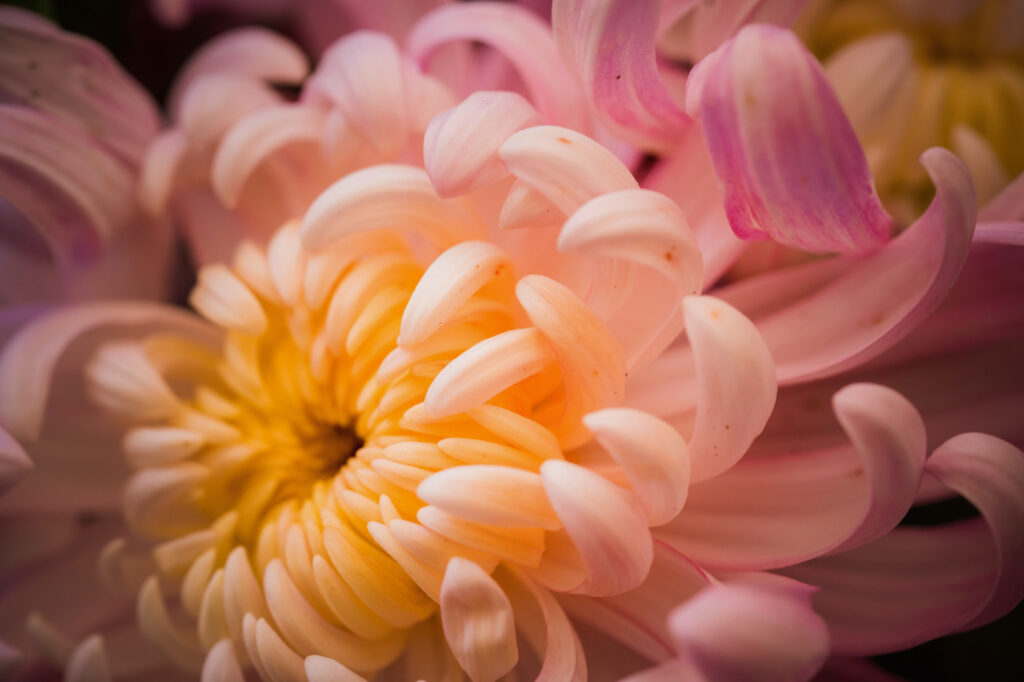
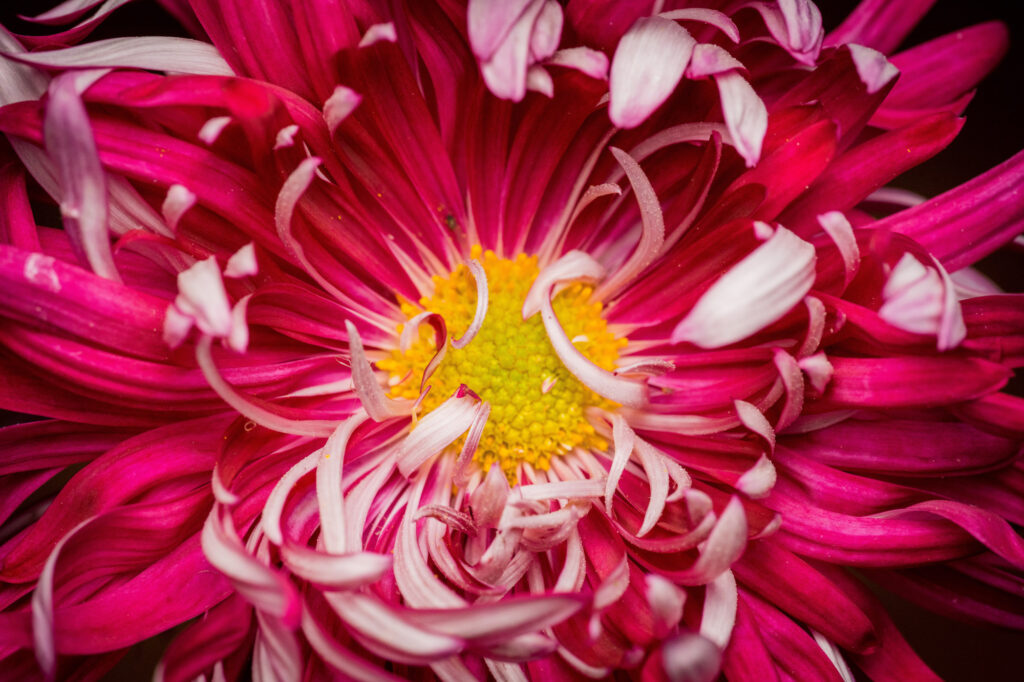
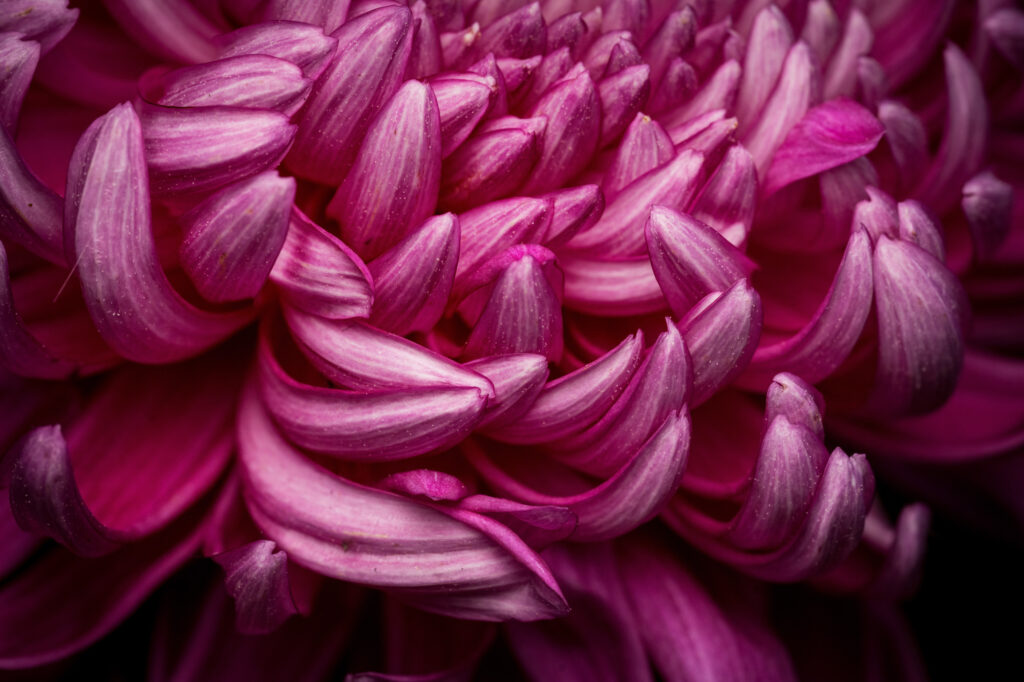
Go visit a greenhouse
If you still need to feel like you’re outside in the summer, why not go to your local botanical garden and visit the hothouse area? Lots of farms have winter greenhouses with things growing as well. Tropical flowers are abundant there and can add a pop of color to your life when everything outside is too chilly to grow.
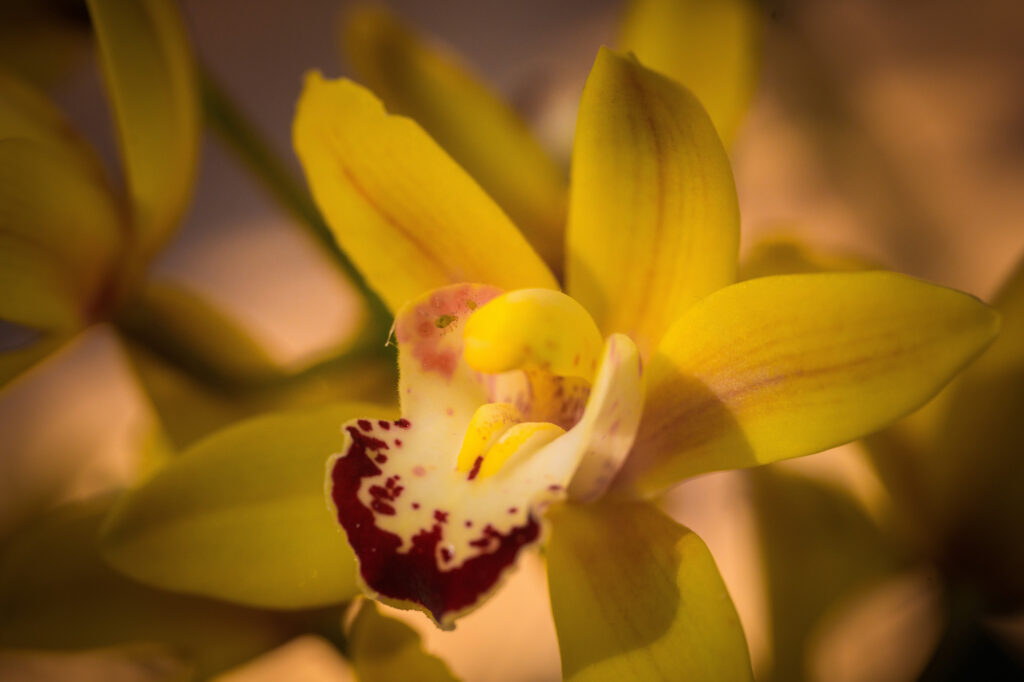
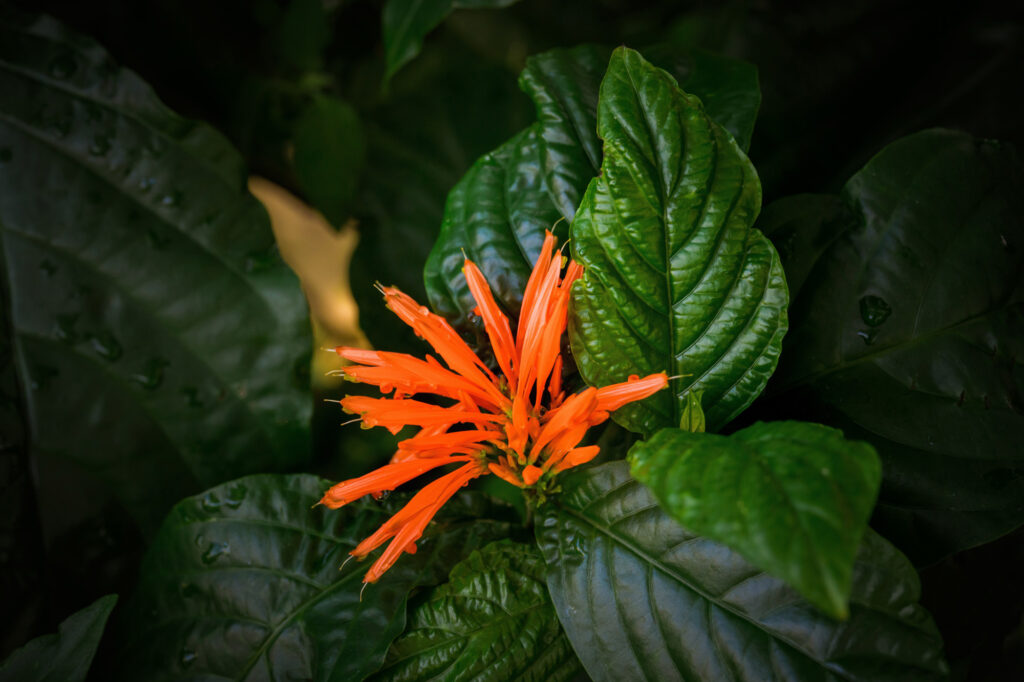
And don’t forget, it doesn’t have to be all about flowers. Leaves and succulents can also be great textures for plant portraits. Also, since they have to water daily, you’ll usually find some nice droplets to photograph. There may even be some critters or frogs hanging around!

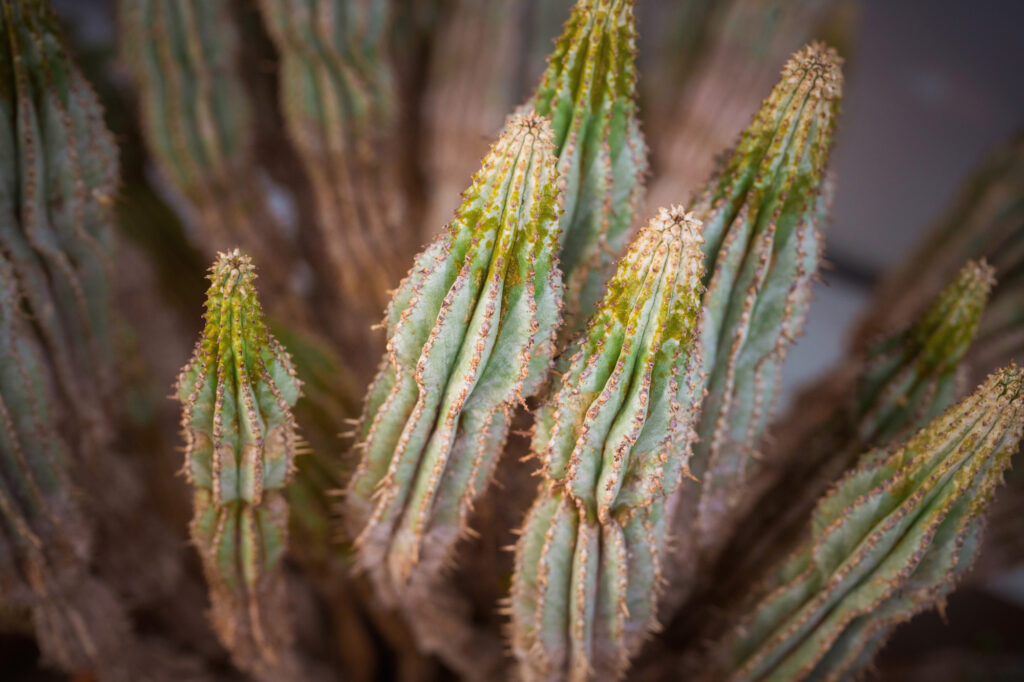

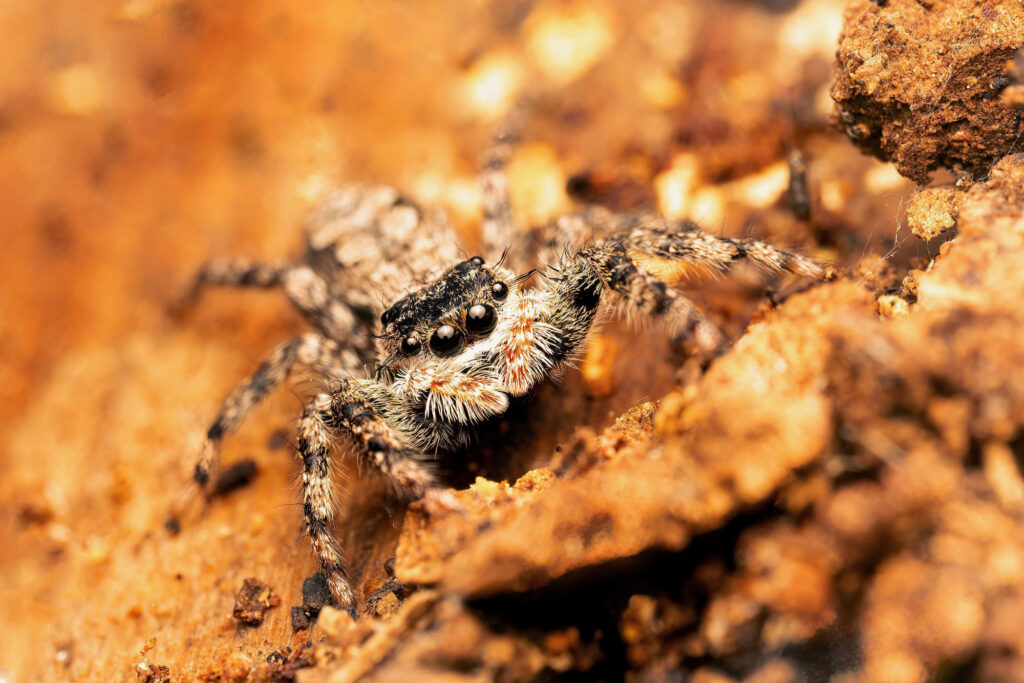
Making the most of winter with a macro lens
Let’s face it… the darker, colder winter days can make it hard to stay motivated, no matter what type of photography you enjoy. But when you’re facing a creative rut, or you just want to practice lighting and composition when subjects are scarce, macro photography is a great way to stay active and discover that “zen” feeling I mentioned at the top of this article.


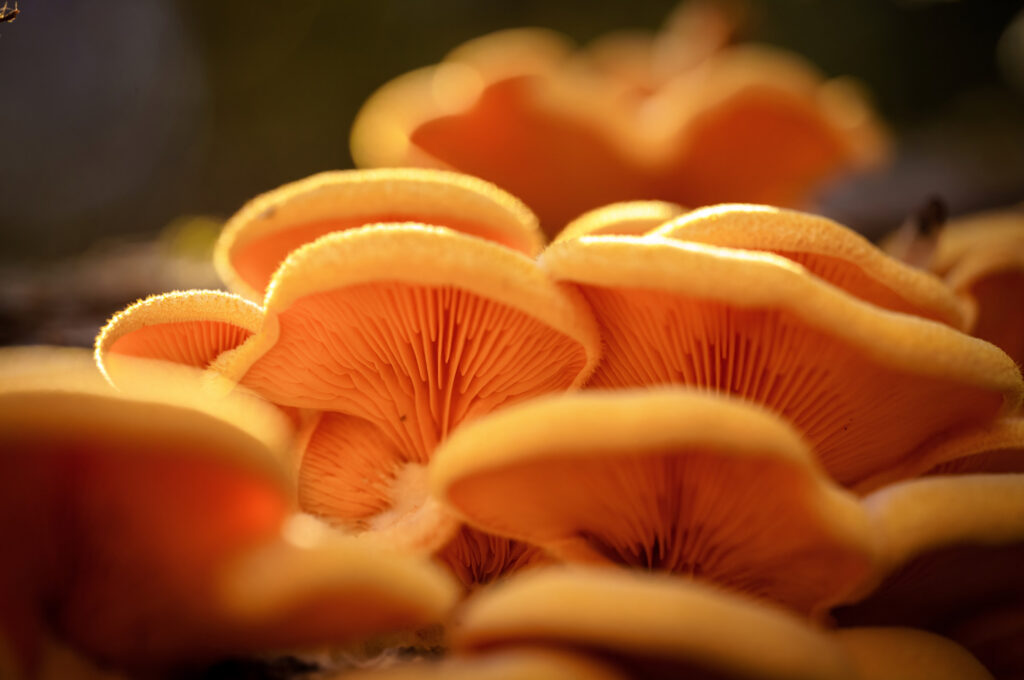
Even when the weather is chilly, go outside anyway and photograph the frost, document your favorite tiny things about the holidays, set up some lights on a table and get some feathers out, or go visit the warm air and orchids in your local greenhouse. Or find something else that really interests you and find a completely new perspective! Macro photography truly can change your entire outlook on virtually any subject.
I really don’t think a photographer’s gear kit is complete without the SIGMA 105mm F2.8 DG DN Macro | Art or one of SIGMA’s other amazing dedicated macro lenses. What will you see close up this winter with a macro lens?
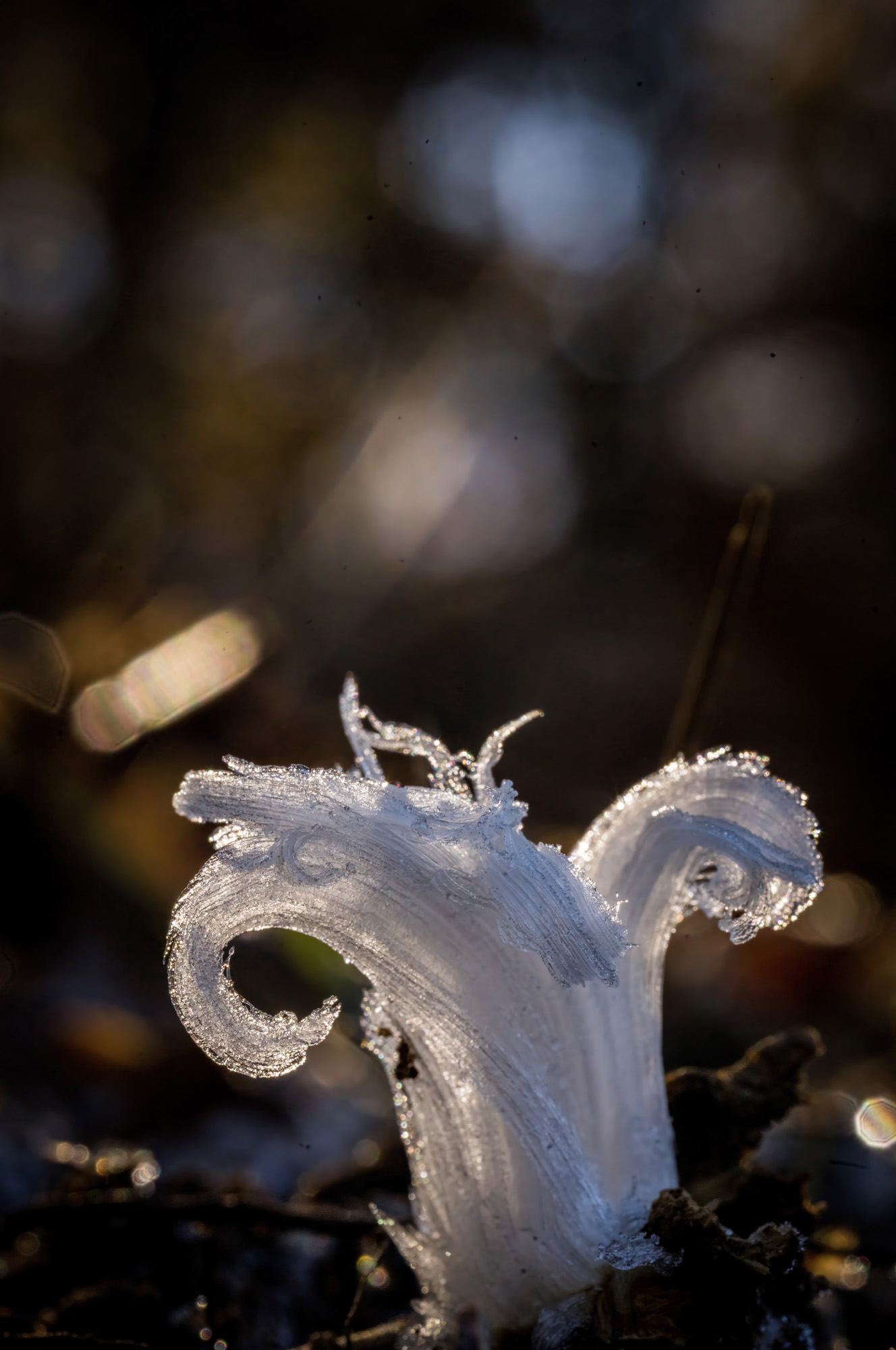
Shop SIGMA Macro Lenses
for mirrorless cameras
for mirrorless cameras & Canon DSLR
for Canon & Nikon DSLR
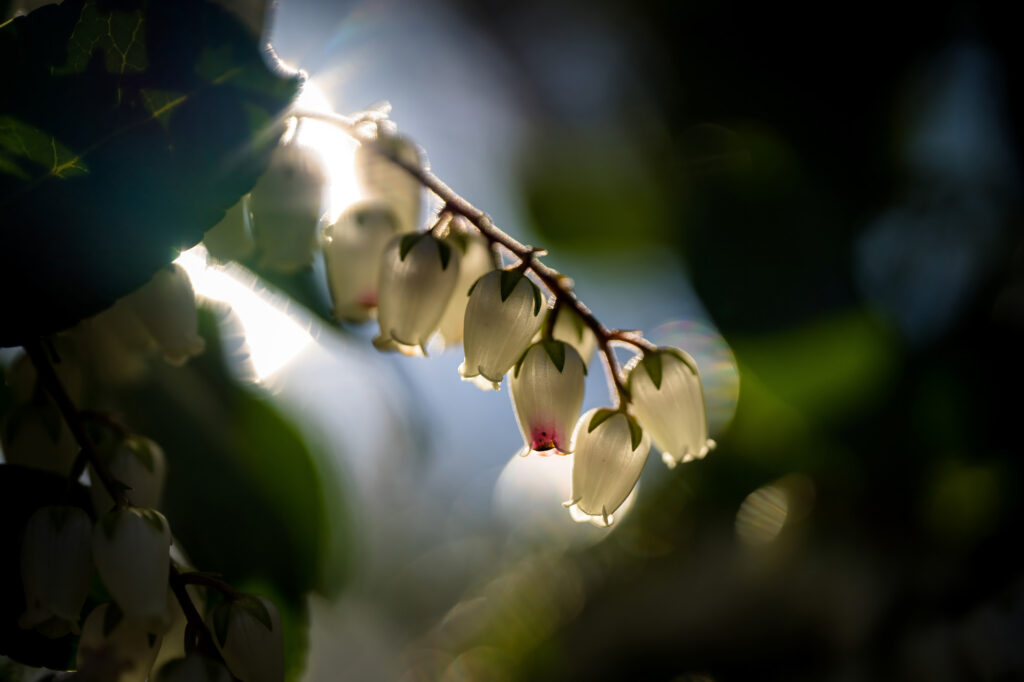


Very nice article and photography. A few really stood out to me .
I wanted to also say Sigma has the 180 mm ex dg hsm f/2.8 macro and a 150mm f/2.8 macro. Not 100% sure if they are still manufactured. Both are for dslrs and can be used with adapters for mirrorless cameras .
I use the Sigma 180mm macro on my d850 , d500, d810 and with the ftz adapter on my Z9 .
This 180mm macro is a great insect lens because of its longer working distance. I’m hoping Sigma will update it for the mirrorless systems .
I have shot everything with that 180 mm lens from sports , live music photography and videography to wildlife/nature , wedding and school portraits to macro . It’s such a versatile lens I love it .